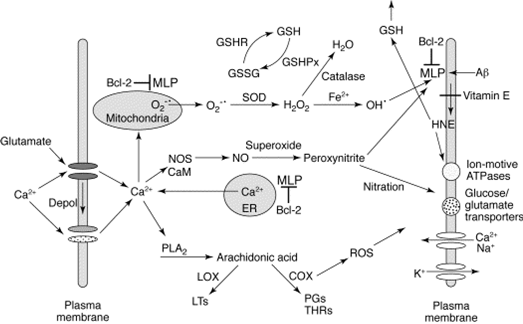Research Scientist, Kennedy Krieger Institute Assistant Professor of Pediatrics at the Johns Hopkins University School of Medicine - Baltimore, MD
Trisomy 21 Research Conference
September 13-14, 2003. New Orleans, LA
Riverbend DS Assocation Home Page » Supplements and Drugs » Supplements Articles » Mitochondrial DysfunctionEvidence for Mitochondrial Dysfunction in Down Syndrome |
|
George T. Capone, M.D. Research Scientist, Kennedy Krieger Institute Assistant Professor of Pediatrics at the Johns Hopkins University School of Medicine - Baltimore, MD Trisomy 21 Research Conference September 13-14, 2003. New Orleans, LA |
Reprinted with the permission of the author. |
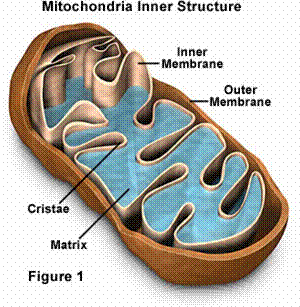
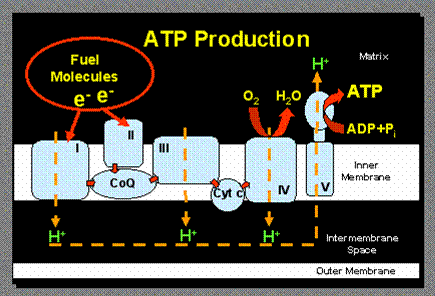
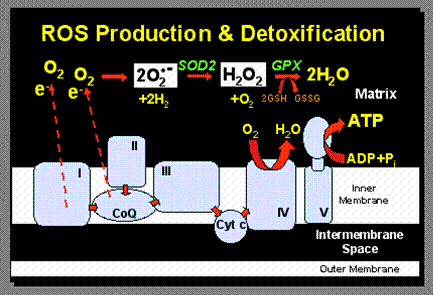
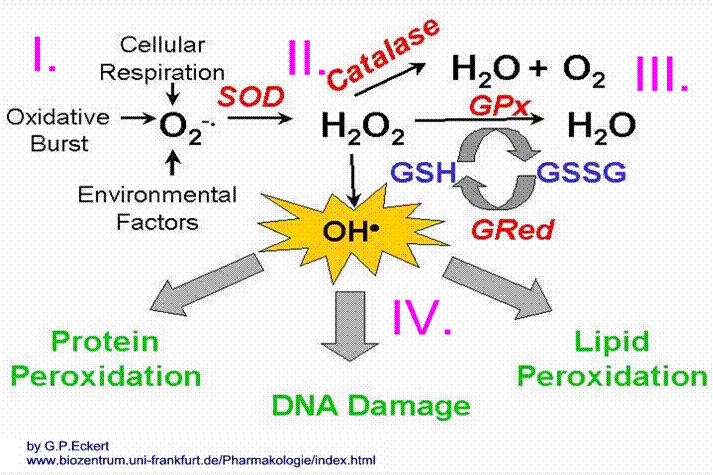
| GROUP | N | Age (mo) | Gender | IQ |
|---|---|---|---|---|
| Down syndrome |
46 | 48.1 (24.5) | M=26 F=20 |
52 (13.4) |
| Cognitively impaired |
30 | 66.7* (17.4) | M=20 F=10 |
50 (19/7) |
| Controls | 43 | 49.3 (25.6) | M=22 F=21 |
103** (12/7) |
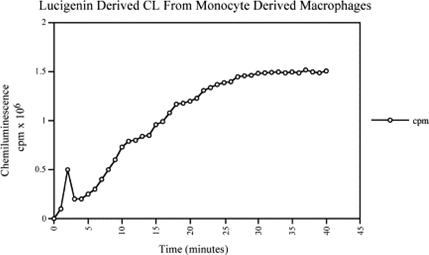
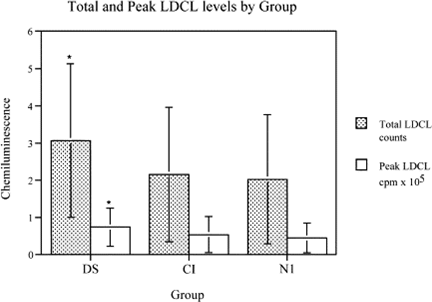
| LDCL peak | Lipid peroxides | TBARS | IQ | |
|---|---|---|---|---|
| Down syndrome |
0.74* (0.52) | 5.19 (9.3) | 0.20 (0.13) | 52.1 (13.5) |
| Cognitively impaired |
0.54 (0.48) | 7.28 (11.34) | 0.18 (0.15) | 49.6 (19.7) |
| Controls | 0.47 (0.41) | 3.7 (4.83) | 0.16 (0.10) | 103.4* (12.4) |
